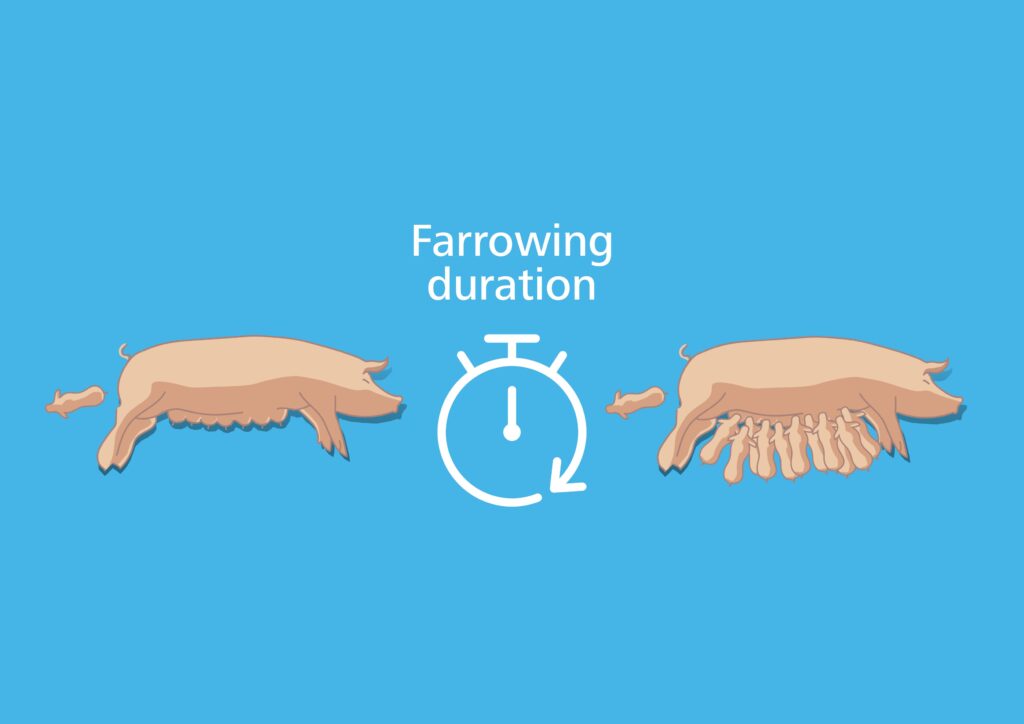By Marcos Lopes
With the increase in litter size observed in the last decades, the farrowing duration has also increased. This fact brings new challenges into the farms as a longer farrowing duration can increase the demand for labor per sow during farrowing.
Some studies also associate longer farrowing duration with an increase in the number of stillborn piglets and/or neonatal mortality as the colostrum intake of the last piglets may be compromised. Therefore, we aimed to investigate whether genetics can play a role in the farrowing duration in pigs. However, this is a not an easy phenotype to be collected as it needs precise information of the time spent by the sow between the birth of the first and the last piglet, which is not commonly available.
In this project, we evaluated data from a farm in Brazil that always counts with employees in the farrowing room as part of the routine data collection of the farm. With this data we estimated the genetic parameters for farrowing duration and in a second step we will search for genomic regions associated with this trait, as all sows are also genotyped.
In our preliminary analyses, we showed that a heritability of 0.07±0.01 was estimated for farrowing duration in this dataset. A clear linear relationship between litter size and farrowing duration was also observed. Although the heritability of farrowing duration was low, this study brings new insights that may contribute to the genetic improvement of this trait.

